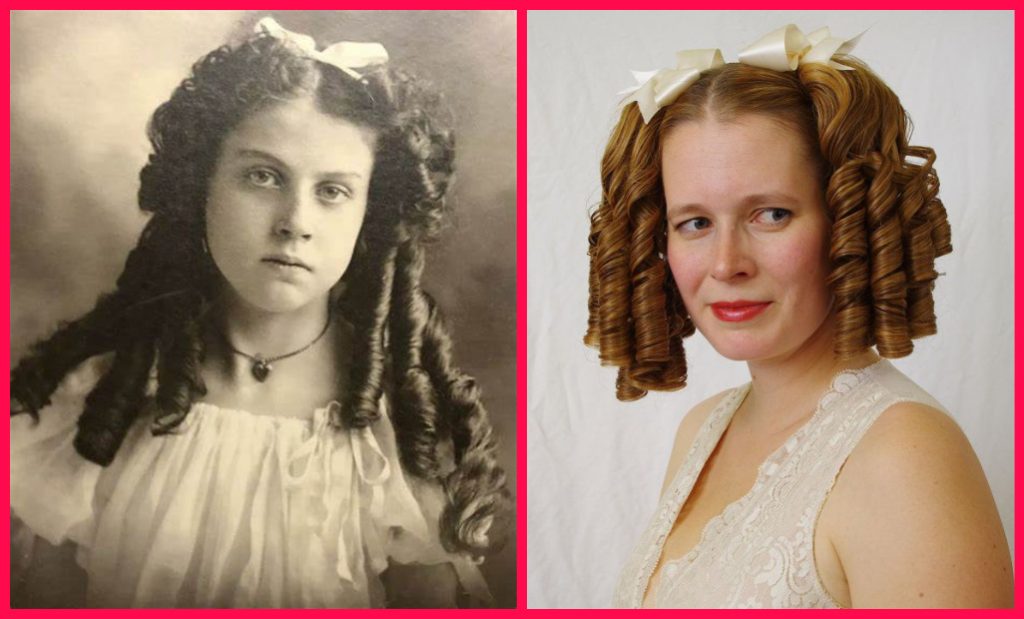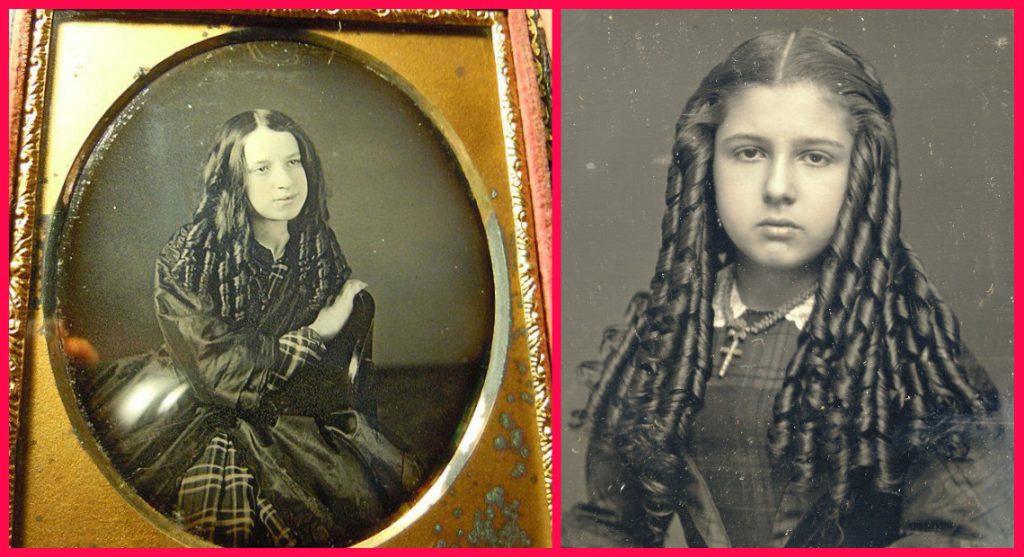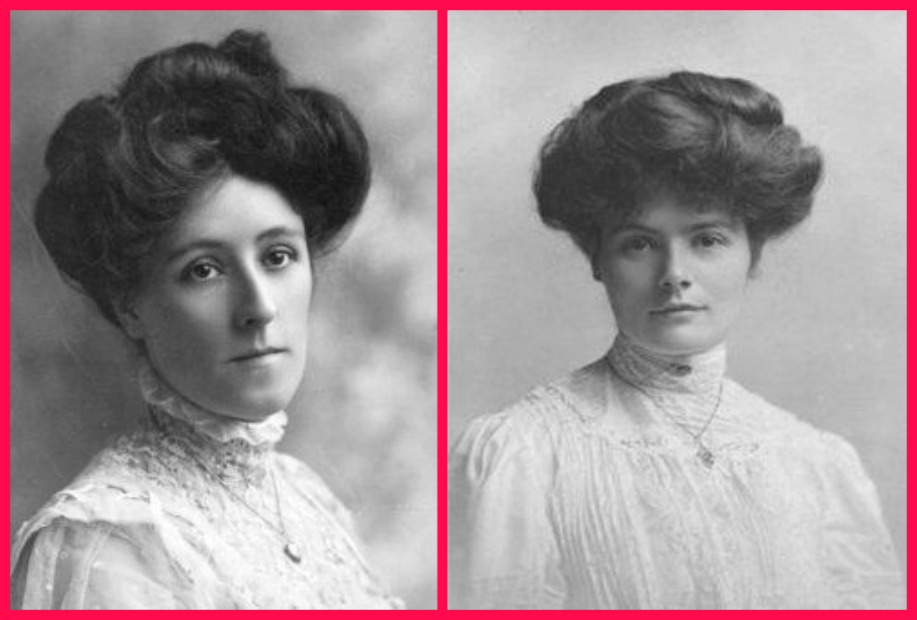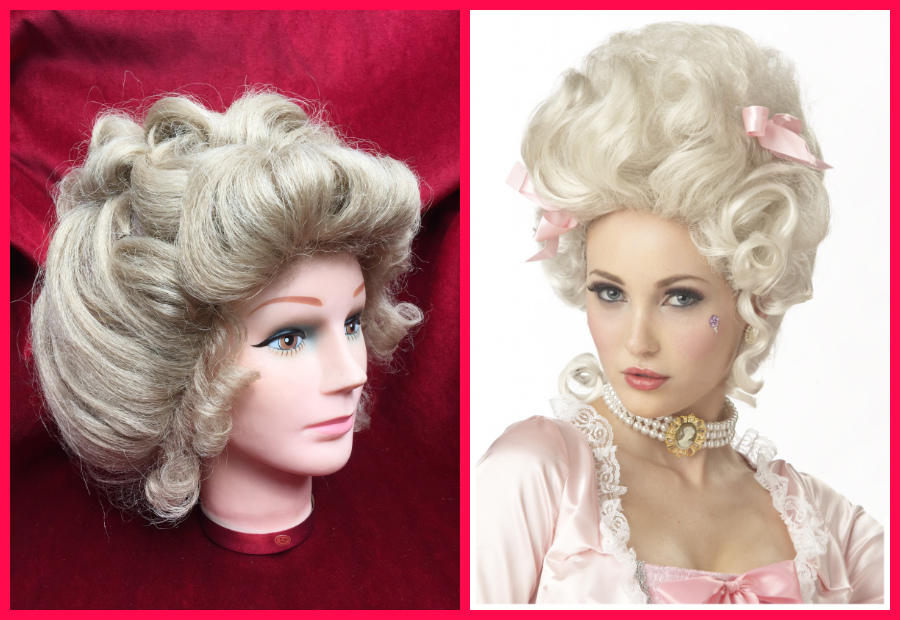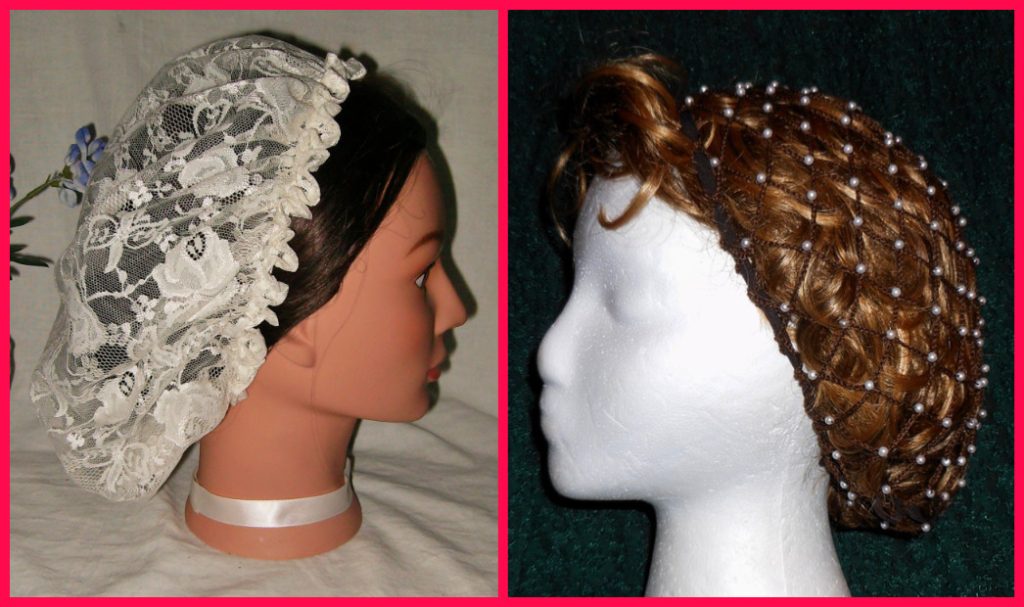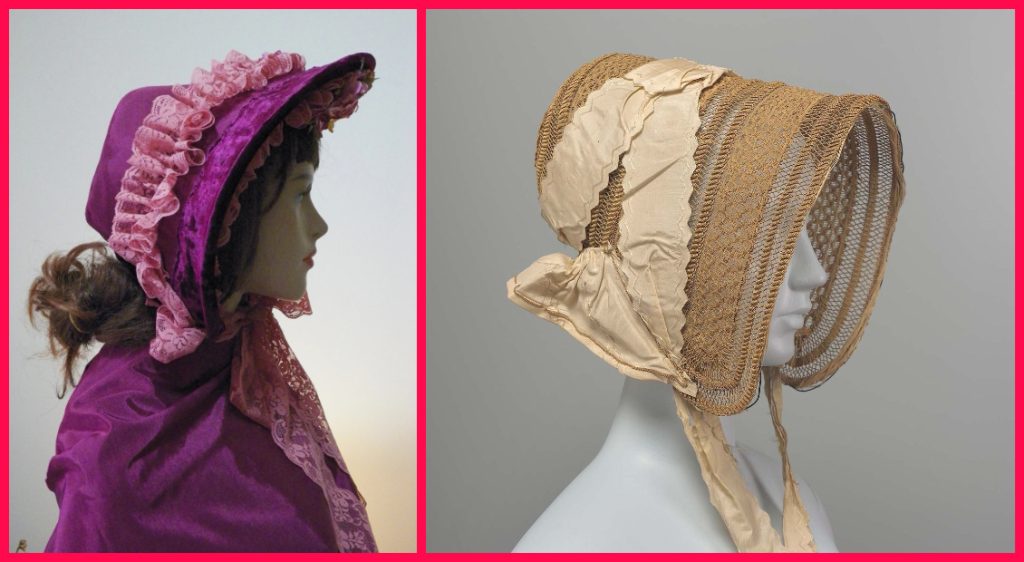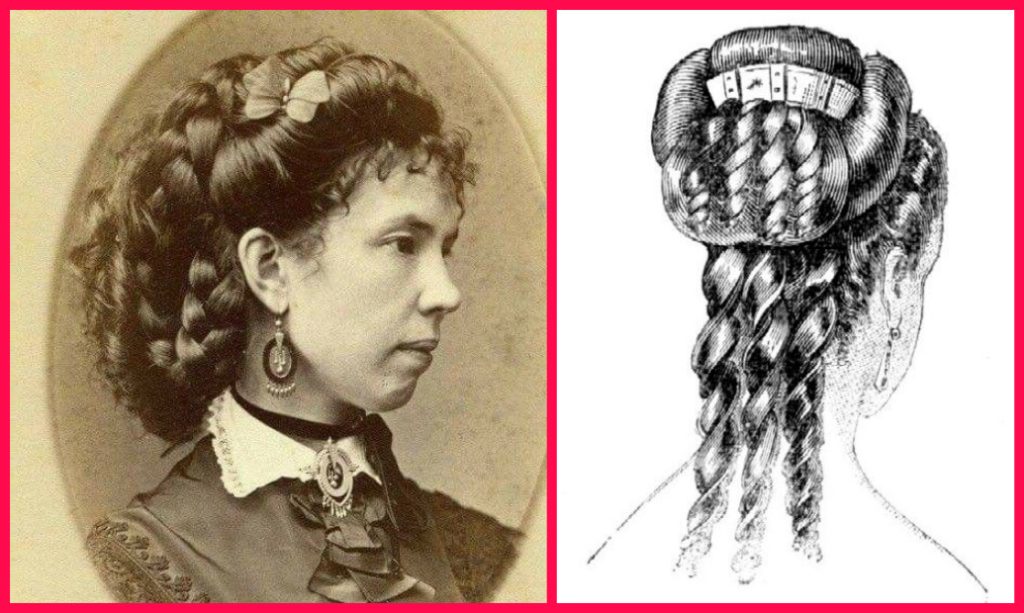Victorian hairstyles female have a variety of different looks, from ringlets to pompadours. But which is the right style for you? Here are some tips for your next hairstyle. And if you’re feeling adventurous, try wearing a wig or a bonnet! No matter which style you choose, you’re sure to find one that reflects your personality and tastes! And don’t worry – this style won’t be difficult to maintain, and it won’t cause too much of a hassle.
Victorian Ringlets
Ringlets as a Victorian female hairstyle are reminiscent of the era when Marie Antoinette wore a large ringlet down her neck in the eighteenth century. Victorian women also wore barley curls, but these were typically worn by children. During the 1870s, women began letting their hair hang in long waves. Crimping their hair in the 1870s was called the Marcel wave.
Victorian women often added hair accessories, like ribbons and flowers. They often parted their hair at the temples and used hot irons to create ringlets, and they also curled their hair on the sides. In addition to curling their hair, they fashioned their fringes with rags and hot irons. It is important to remember that Victorian women did not typically wear their hair down in public.
Although the ringlet hairstyle has evolved from the medieval period to the Victorian era, a few aspects remain the same. While ringlets were a popular style in the early part of the twentieth century, women continued to wear them into the twenty-first. Famous ringlet wearers included Shirley Temple, Cindy Brady, and Phyllis Lindstrom. Ringlets today can be as simple as clip-on curls, or as elaborate as you like.
Victorian Sausage Curls
Many Victorian female hairstyles incorporated braids, and long, voluminous curls were often pinned up. The most common hairstyle was a center part with hair styled into tight curls, often around the ear. Victorian women also wore their hair down to the jaw, with long tails that reached their waist. Victorian women also used combs to keep their hair in place, and the most popular styles were crimped curls, ringlets, and sausage curls.
These fanciful, feminine hairstyles began in the 1870s and continued into the 20th century. Sausage curls were most common in the 1880s, but they were not the only Victorian hairstyles that embraced this look. Long curls fell down the center back, while ringlets were worn high on the back of the head. Victorian hairstyles were often adorned with flowers, ribbons, and lace.
Boys also wore hairstyles like sausage curls in the 1870s. Boys’ clothing was more conservative than today, and many stayed in their curls until they were teenagers. By the mid-1920s, however, clothing for boys had become common. The curly style of a boy was also influenced by this popular book. Boys had long, fashionable curls until they were around 10 years old.
Victorian Pompadours
The pompadour hairstyle was a fashionable one for Victorian women. It became a popular fashion style in the 1890s when it was often referred to as a “Gibson Girl” look. It remained popular through World War I. The pompadour style also became popular among women during the 1940s. A similar style called a “Low Pompadour,” was also popular during this time. Long hatpins were used to hold these hats in place. As the brim of the hat grew, the trim became shorter.
This style was first favored during the 1880s, and it was often accompanied by bangs. This style was popular during this time, but it reverted to its more conservative state in the 1980s. Victorian women also wore ratts to add volume to their hairstyles. Ratts, or loose comb hair, were used to fluff out the hair and create a balanced silhouette.
High Pompadours are also very popular today. They can emphasize a long face, but a low-hanging Pompadour can make a woman look pudgy. The highest Pompadour is quainter than its lower counterparts. In addition to the comb half-encircling the head, the hair is tied into a low puff that falls low over the brow. There are many styles and variations of Pompadours, which can include jeweled combs, ostrich feathers, and ribbons.
Victorian Wigs
The nineteenth century was a time of extensive deception and full wigs were a common accessory. Women wore false teeth without removing them and a few even ingested them whole. Consequently, they became cemented to the real teeth by tartar. Victorian female wigs were often worn for reasons other than vanity, including the fact that bald women were regarded as descendants of syphilis.
The Victorian era saw great change for England. The industrial revolution and the development of railways facilitated widespread travel for citizens. This time is often used as the setting for historical dramas, because of its historical significance. However, Victorian wigs did not become as common as they are today. However, the trend did continue. The Victorian era has been a time of great change for hairstyles. And if you are planning to wear a Victorian wig, there are some historical facts you need to know.
The Gibson Girl is a popular Victorian lady of the 1890s, and her illustrations became widely known. The Gibson Girl wig is a great way to portray a Victorian woman, whether it is a queen at the ball or a fairy godmother, or Mrs. Claus. The wigs are made of high-quality costume fibers. Some fibers are toyokalon or kanekalon, which are excellent heat-resistant fibers. For the most authentic look, consider purchasing a wig cap separately.
Victorian Snoods
One of the many stylish accessories from the Victorian era are snoods. If worn correctly, they can give the illusion of longer hair and are particularly effective with period clothing. Here are some ways to create a snood:
The 1860s saw the advent of false hair. These wigs came in various shapes and sizes and were rolled to match the lady’s coiffure. Many Victorian snoods were made of corded silk. The material was a practical way to protect hair during colder weather. Some Victorian women even wore them with hairpieces to make their look more elegant.
A snood is a headgear typically worn by women. They consist of a ribbon or hairband attached to netting. They are meant to hold longer hair. The word “snood” dates back to the 700s and originally referred to a women’s head covering. They were popular during the mid-19th century and were an excellent option for women who wore long hair but were uncomfortable with their hats.
A snood is a small hat that was knit, tatted, or crocheted into a net. Its edge was tightly woven, so it would wrap around the head and behind the ears. The snood was also made of fine thread. Because of the low material used, a snood was often knit by hand.
Victorian Bonnets
Victorian female hairstyles with bonnets were popular during the 18th century and were a stylish way to hide long hair. Victorian society tended to pressure women to have a specific look, and hats often served as a means of self-protection. While the bonnets were often decorated with feathers and other embellishments, they also served other purposes. Women wore them to cover up their hair, which was often floor-length.
The Victorian era was a time of long, luscious hair, which became popular with both men and women. Unfortunately, this style was difficult to maintain. Victorian women lacked information about hair care, and it was often difficult to get their locks to stay shiny and healthy. Fortunately, some women discovered hair-lengthening shampoos and elixirs that helped them achieve their long locks.
In the late 1840s and early 1850s, bonnets became more decorative and were worn around the front of the head as a sun protection device. Despite the changes, however, women continued to wear their bonnets, albeit with a shorter brim. As parasols became more popular, the brim of the bonnet became less of a concern. Still, many women continued to wear their bonnets for religious reasons and wore them in mourning.
Victorian False Hair
Many women used false hair for their Victorian hairstyles, often to bulk out large pompadours. Women could also buy fake ringlets and fuzzy fringes to add extra decorative detail to a chignon or braid. Unlike today, wigs were not illegal, but they were used with caution. Victorian women often wore hatpins that were fourteen inches long. False hair was used to conceal the artificiality of a woman’s hairstyle.
The “Apollo Loop,” a plait of false hair attached to wires, was a popular style during the Victorian era. However, as time passed, wigs became less elaborate, and the Victorians moved toward more natural, demure looks. During this time, Victorian women wore ratts in their hair to add volume. Ratts were a form of loose comb that was kept in a hair receiver, usually on the vanity table. They were used to fluff the hair and give a balanced silhouette.
As the Victorian era was known for the beauty of its women, hairstyles evolved throughout the decade. Some women chose simple middle parts, while others opted for elaborate, human hair pieces. Women were also encouraged to wear hats and bonnets during the 1800s. Victorian hairstyles were often a flamboyant expression of wealth and status. During the Victorian era, women wore a variety of hairstyles including middle partings, side parts, and elaborate updos.
FAQ
How To Style Victorian Hairstyles?
If you’ve ever wondered How To Style Victorian Hairstyles?, you’re not alone. Many Victorian women had their hair cut for various reasons. Some of these reasons included lice, illness, or selling their hair for profit. In addition, Victorian women often covered their short hair with a cap or snood.

